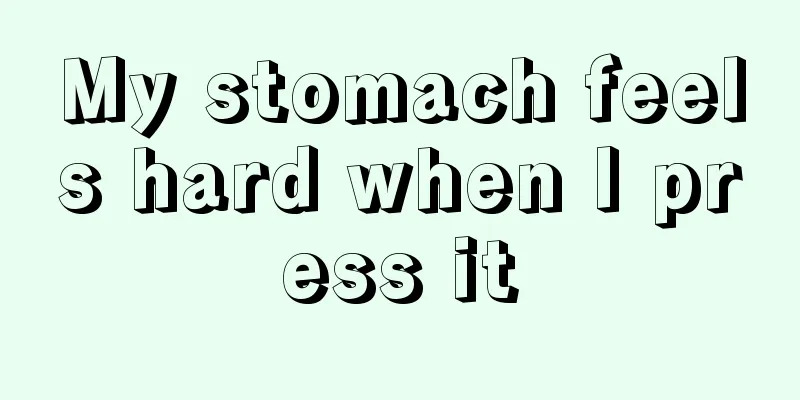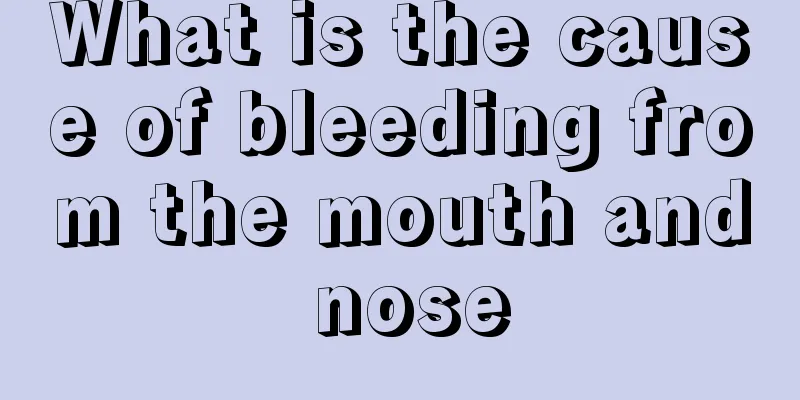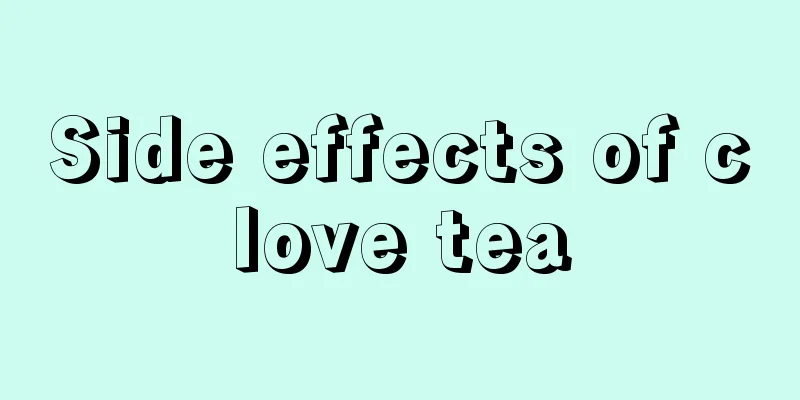Photodynamic therapy for esophageal cancer

|
Esophageal cancer is a common digestive tract tumor. About 300,000 people die of esophageal cancer every year in the world. Its incidence and mortality rates vary greatly from country to country. my country is one of the areas with a high incidence of esophageal cancer in the world, with an average of about 150,000 deaths each year. There are more males than females, and the age of onset is mostly over 40 years old. Typical symptoms of esophageal cancer: progressive difficulty in swallowing, first dry food, then semi-liquid food, and finally water and saliva cannot be swallowed. Early stage: Symptoms are often not obvious, but there may be varying degrees of discomfort when swallowing rough and hard foods, including a choking sensation when swallowing food, burning, tingling, or pulling and friction pain behind the sternum, etc. Late stage: Typical symptoms of esophageal cancer are progressive dysphagia, first with difficulty swallowing dry food, then semi-fluid food, and finally with difficulty swallowing water and saliva. Patients gradually become emaciated, dehydrated, weak, and have persistent chest or back pain, indicating that these are late stage symptoms, and the cancer has invaded tissues outside the esophagus. Causes Most of them are related to the environment, bad living habits such as smoking and drinking. It is highly prevalent in parts of Asia and Africa and is particularly associated with nutritional deficiencies, poor oral health, and the presence of carcinogens such as nitrites, nitrates, and nitrosamines in food or drinking water. The incidence of adenocarcinoma of the distal esophagus and gastroesophageal junction has increased rapidly in the Western world, associated with gastroesophageal reflux disease and obesity. Classification: Squamous cell carcinoma (SCC) Adenocarcinoma (AC) 2. Indications for photodynamic therapy in the treatment of esophageal cancer Early lesions confirmed as superficial lesions by ultrasonography Obstructive lesions that cannot be surgically removed Photodynamic therapy mainly treats the "three no" groups, namely: patients who are unwilling to undergo surgery, patients who cannot tolerate surgery, and patients whose surgery cannot guarantee a clean cut. 3. Photodynamic therapy treatment method Before treatment, the photosensitizer is injected intravenously into the patient's body and protected from light. The dosage of photosensitizer varies according to its type. Photofrin is generally 2 mg/kg. After 48 hours, a cylindrical optical fiber is used to introduce a 630nm wavelength laser into the esophagus under endoscopy. The energy density of the light can be determined according to the individual condition of the patient and the size of the lesion. Re-illumination should be performed 48-72 hours after the initial illumination. IV. Clinical treatment Currently, surgery is still the first choice for esophageal cancer treatment. The 5-year survival rate after surgery for early-stage (stage 0-I) patients can reach 90%. However, the vast majority of patients who visit the hospital are in the middle and late stages, and only 20% are eligible for surgery. The 5-year survival rate after surgery is 20% to 30%, and the surgical mortality rate is 3% to 5%. Local recurrence and uncontrolled recurrence are the main reasons for the failure of radiotherapy. The chemotherapy drug 5-Fu combined with cisplatin is the standard regimen for esophageal cancer, but its efficacy is limited and it is easy to cause strong toxic and side effects. In comparison, photodynamic therapy has better selectivity and safety, especially for esophageal precancerous lesions - Barrett's esophagus. There is a lot of clinical data supporting the application of PDT at home and abroad. For patients in the middle and late stages who are not suitable for surgery, PDT can shrink tumors, relieve dysphagia, have mild toxic side effects, improve patients' quality of life, and provide another option for local treatment of esophageal cancer. |
<<: Traditional Chinese Medicine Treatment Methods for Esophageal Cancer
>>: What are the folk remedies for treating esophageal cancer
Recommend
What are the benefits of soaking your feet in ginger and Sichuan pepper?
Foot soaking is a very good habit. For example, a...
What to do if your child has leg hair
Some people have long and black leg hair, which i...
Does kidney cancer conflict with exercise?
Kidney cancer, also known as renal cell carcinoma...
Understanding the Dietary Therapy for Pancreatic Tumors
Pancreatic tumor is one of the diseases that harm...
Frequent urination, urgent urination, and incomplete urination
The most frustrating thing for drivers is finding...
What to eat for advanced lung cancer
Lung cancer is a common malignant tumor of the re...
Lymph node metastasis of prostate cancer
Prostate cancer lymphatic metastasis is only one ...
Biliary drainage should be done before pancreatic cancer surgery
In clinical practice, pancreatic cancer patients ...
Health care and rehabilitation diet therapy for gastric cancer patients
Gastric cancer is a common malignant tumor of the...
What are the symptoms of Meniere's syndrome?
Meniere's syndrome is an inner ear disease an...
Postoperative care issues for endometrial cancer
Endometrial cancer is not unfamiliar to everyone....
What are the harms of hair dyeing and perming to the body
Dyeing and perming hair has become a fashion, so ...
What are the early symptoms of liver cancer
In recent years, the incidence of liver cancer ha...
Early symptoms of osteosarcoma
Osteosarcoma is a very common disease. Its incide...
What causes cold and sweaty hands and feet?
Some of our friends have cold hands and feet and ...









